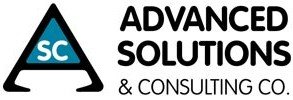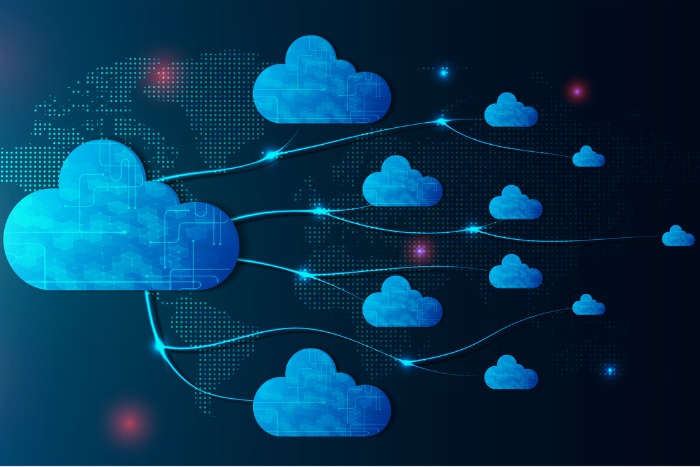Enterprise resource planning (ERP) software is a significant investment, so it’s important to understand both the upfront and long-term costs associated with your new technology. Specifically, you need to familiarize yourself with the pricing structure of ERP software so you can make an informed, fiscally-responsible decision.
With this crucial goal in mind, we’ll examine the three commonly-used ERP software pricing models, which include usage-based pricing, subscription-based pricing, and perpetual licensing. We’ll also discuss factors that can impact the cost of an ERP system.
ERP Software Pricing Models
During your search for a new enterprise resource planning system, you’ll encounter one of three ERP software pricing models: subscription-based pricing, perpetual licensing, and usage-based pricing.
Subscription-Based Pricing
Subscription-based pricing is by far the most common pricing model. Under this model, you’ll pay a monthly or annual fee. Many software providers will offer a discount if you pay annually as opposed to monthly.
The amount you pay will largely depend on two factors: the particular tier of service you select and the number of users you want to enroll.
Generally, ERP offers a core platform and optional modules. The more modules you implement or the more users you enroll, the higher your subscription fee.
Perpetual Licensing
In the perpetual licensing model, you pay a one-time fee in exchange for the ERP software. This approach involves much lower recurring costs but a significantly higher initial investment. That’s because you must deploy the software on-premises, meaning you’ll need to purchase servers and other expensive hardware.
While the perpetual license approach is commonly viewed as a one-time expense, that isn’t necessarily the case. Vendors typically don’t include ongoing support in your initial purchase price. You’ll need to pay a recurring annual fee to access software updates and support.
Usage-Based Pricing
Under the usage-based model, you pay a monthly fee based on your projected resource consumption and the number of modules you implement. If you consume all allotted data storage and computing resources, you can simply request additional resources from the vendor.
Usage-based pricing is a rarity among ERP software vendors. Currently, Acumatica is the only mainstream ERP provider that offers a usage-based pricing model.
The usage-based approach is extremely customer friendly. In this model, you have the flexibility to enroll as many users as you like without incurring additional expenses. You pay for precisely the resources and modules you need and nothing else, which can help keep software costs down.
Most importantly, you can add other modules or tap into additional resources whenever needed.
What Factors Impact Your ERP Software Costs?
ERP software costs can typically be linked to three factors, namely consumption rate, feature selection, and business size.
Your Consumption Rate or Number of Users
If you go with a subscription-based ERP software, the number of users you enroll will have a direct impact on your costs. Conversely, if you implement a consumption-based solution like Acumatica, your rate will depend on resource and data storage usage.
The consumption-based model is certainly more favorable, as you can ensure that all key team members have access to your ERP system without fear of incurring excessive software costs.
Which Features You Need
The primary factor that impacts your software costs is the number of features or modules you choose to implement. You can implement only a few mission-critical applications to keep costs in check. As your needs evolve, you can easily add and integrate new modules into your ERP ecosystem.
The Size of Your Business
The size of your company will have an impact on your ERP costs as well.
If you implement a subscription-based solution, you’ll pay based on the number of users you enroll. Under the more favorable usage-based model, the more resources you consume, the higher your bill.
Since larger organizations tend to consume more data storage and computing resources, they’re also likely to pay more compared to small-to-mid-sized companies.
Contact ASC to Learn More About ACUMATICA Software Pricing
As mentioned, Acumatica allows unlimited users by following a consumption-based pricing model. Start with what you need now to handle the transaction volumes you expect. Adjust resource levels and data storage as you add users and increase transactions.
As a leading Acumatica partner, Advanced Solutions & Consulting Co (ASC) can provide additional information about the platform’s consumption-based pricing model.
Our experienced team can help you identify which modules will deliver the best value for your business and begin planning your migration. We can also provide detailed pricing information so you’ll know exactly what your new ERP software will cost.
Ready to learn more? Contact our team today to schedule a consultation.

